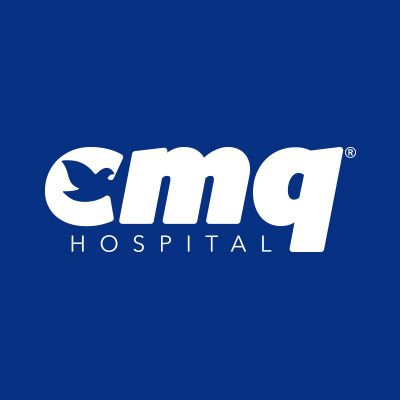What To Do In Case Of A Stroke in Puerto Vallarta? Our Experts Respond
In 2021, Strokes, or Cerebrovascular Diseases Caused More than 37,000 Deaths in Mexico.
If you suffer from an ictus or stroke in Puerto Vallarta, do not hesitate to contact Hospitals CMQ. Every minute counts when it comes to your health. A stroke, or cerebrovascular disease (CVD) is a medical emergency that must be treated within the first few minutes to avoid irreversible consequences or death. Our stroke expert in Puerto Vallarta, Dr. Jorge Yáñez answers the most frequently asked questions about strokes or CVD.
Strokes Are the Second Leading Cause of Disability Worldwide
A stroke, also known as a cerebral vascular disease (CVD), is the abrupt loss of neurological function. It is the second leading cause of disability worldwide and the leading cause of death. There are two types of CVD, hemorrhagic (where an artery in the brain ruptures and leaks blood) and ischemic (this means that an artery occludes and suffocates part of the brain). The latter type is the most frequent.
A hemorrhagic stroke usually happens when a cerebral aneurysm ruptures, or when there is vascular malformation. It can also happen when small arteries in the brain rupture, which can be linked to high-intensity blows to the head. The ischemic type is due to cardiac causes (arrhythmias, abnormal communications between the heart chambers) or arterial causes, like the formation of cholesterol plaques.
Did You Know?
In our country, there are 118 cases of stroke per 100,000 inhabitants. This means that there are 170,000 new patients per year, of which 20 percent may die in the first 30 days. In addition, 7 out of 10 of these patients will be left with some kind of disability.
Are there Risk Factors?
Smoking is one of the main risk factors. As well as uncontrolled blood pressure, high cholesterol levels, consumption of addictive substances, and a sedentary lifestyle. In 2021, strokes in Mexico were the 7th leading cause of death in the general population, causing 37,453 deaths. Most of these deaths happened to men over the age of 65.
How Can I Tell If I Am Having a Stroke?
When a large artery is affected, there are usually very clear symptoms such as:
- Loss of strength in one half of the body
- Sudden numbness or paralysis to the face, which can cause facial asymmetry
- Having trouble speaking or slurring words
- Headaches
- Double vision
Nonetheless, symptoms are mild most of the time. These can include dizziness, disorientation, and memory impairment.
1 in 5 people who experience a stroke die, and 3 out of 5 are left with serious side effects. The sooner medical attention is received, the less damage will be caused. Experts estimate that for every 15 minutes that can be saved, there is a 4% increase in the chances of survival.
What Should I Do If I Suspect I’m Having a Stroke?
You should immediately call 911 or go to your nearest hospital to treat this disease. At Hospitals CMQ, we have an ambulance service that will take you to our specialists within a few minutes, so you can receive prompt and effective care. Remember, “time equals brain health,” so we must act as soon as possible.
How is a Stroke Treated?
Early diagnosis is the key to a good outcome. There is currently a rigorous care protocol, which is verified by international guidelines. This protocol includes repairing the ruptured artery (or reperfusion in case of occlusion), either by thrombolytic medication or mechanical thrombectomy by cerebral catheterization.
What Are the Possible Complications of Stroke Treatments?
Unfortunately, not all patients arrive in the ideal conditions to receive effective treatment. Despite all efforts, approximately 30% of these patients will not achieve a good result. However, thanks to new neurorehabilitation therapies, these patients can significantly reduce their disability and become functional again.
How Can I Prevent a Stroke?
If you suffer from any of the risk factors mentioned above, do not hesitate to see a specialist. Neurologists and neurointerventionalists are the physicians with the greatest capacity to inform you about this disease. Some simple laboratory studies, like a lipid profile, an electrocardiogram, or a carotid ultrasound will provide you with valuable information that can help prevent the presence of serious symptoms. Part of prevention is to avoid smoking, maintaining an ideal weight, and constant physical activity.
Meet Dr. Jorge Yáñez, Stroke Expert and Neurosurgeon in Puerto Vallarta
Medical specialist in Neurosurgery and Neurological Endovascular Therapy. Certified by the Mexican Board of Neurology. He specializes in cerebral hemorrhage or infarctions, cerebral aneurysms, spinal cord compression, strokes, cerebrovascular diseases, arteriosclerosis, among others.





